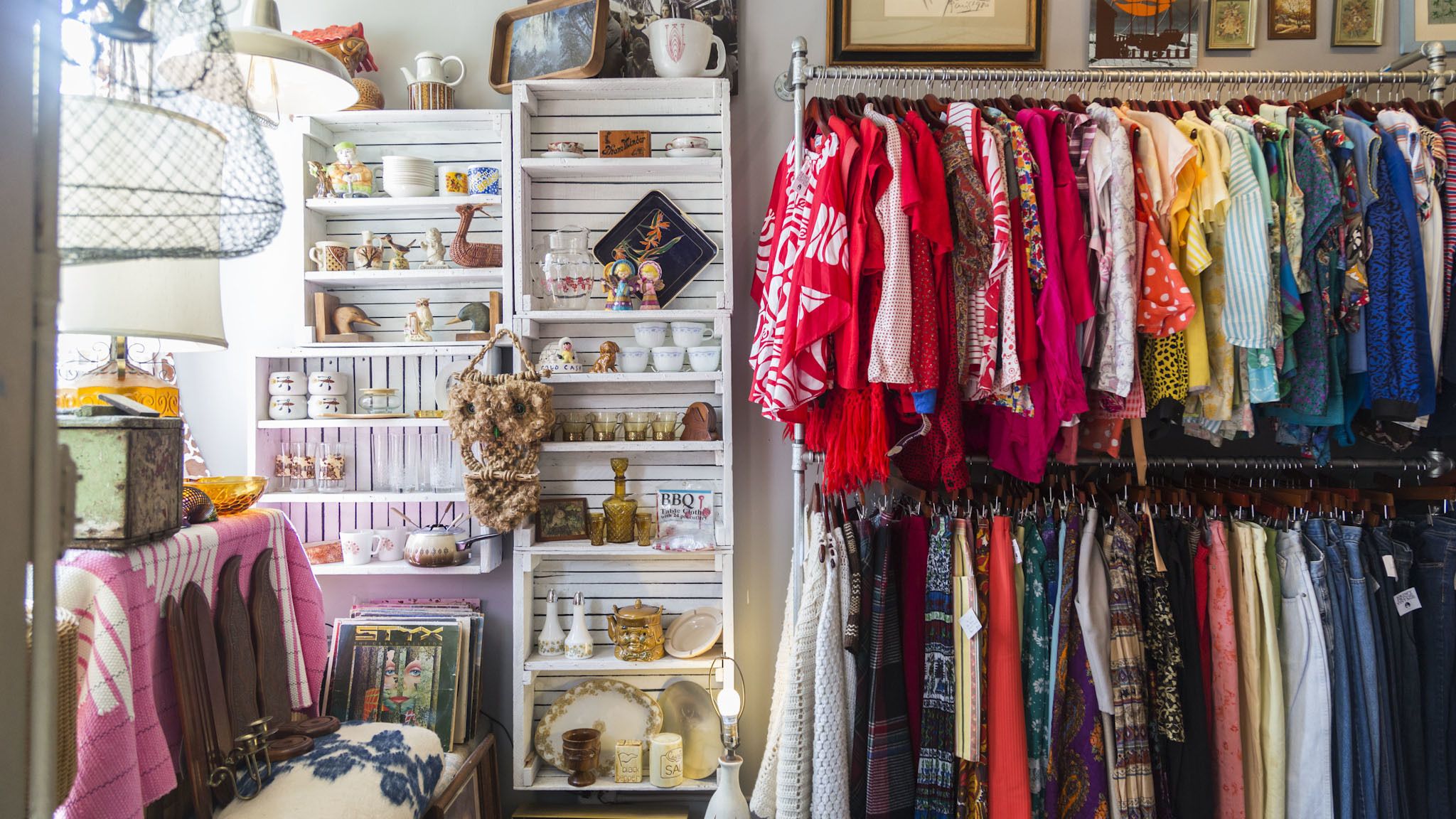Introduction
In today’s fast-paced world, clothing and accessories are more than just items we wear—they are expressions of who we are. From practical garments that shield us from the elements to statement pieces that turn heads, shopping for clothing and accessories is a personal and cultural experience. In this guide, we explore everything from the history of fashion to modern shopping tips, helping you make informed and stylish choices.
1. The Evolution of Fashion
1.1. Ancient Roots
Clothing has evolved significantly from the simple animal hides worn by early humans. Ancient Egyptians used linen, while the Romans developed tunics and togas. Cultural values, available materials, and climate heavily influenced what people wore.
1.2. Middle Ages to the Renaissance
Clothing began to signify status more clearly. Royals and the wealthy wore intricate designs and rich fabrics like silk and velvet. Accessories such as belts, hats, and jewelry became more prevalent.
1.3. Modern Era
From the industrial revolution to today, mass production and global trade transformed fashion. Designers like Coco Chanel and Yves Saint Laurent revolutionized style, creating trends that still echo today.
2. Clothing Categories and Styles
2.1. Everyday Wear
- Casual Wear: Jeans, T-shirts, hoodies—perfect for comfort and informal outings.
- Athleisure: A blend of athletic and leisure clothing, ideal for a sporty yet fashionable look.
2.2. Workwear
- Business suits, blouses, pencil skirts, and slacks dominate this category.
- Fabrics like wool, cotton, and blends are preferred for comfort and formality.
2.3. Formal Wear
- Tailored suits, tuxedos, gowns, and cocktail dresses make up this category.
- Accessories such as ties, clutches, cufflinks, and heels add to the elegance.
2.4. Seasonal Wear
- Winter: Coats, scarves, boots, and thermal wear.
- Summer: Shorts, dresses, swimwear, and sandals.
3. The Role of Accessories
3.1. Definition and Importance
Accessories are the finishing touches that complete an outfit. They include:
- Jewelry (necklaces, earrings, rings)
- Bags (handbags, backpacks, totes)
- Shoes (sneakers, heels, boots)
- Watches, belts, sunglasses, and more
3.2. Matching and Layering
Smart accessorizing can elevate a basic outfit. Gold jewelry pairs well with warm tones, while silver complements cool tones. Layering necklaces or stacking bracelets adds dimension.
4. Shopping Methods
4.1. In-Store Shopping
- Pros: Try before you buy, personal assistance, immediate possession.
- Cons: Limited hours, geographical constraints.
4.2. Online Shopping
- Pros: Convenient, wide selection, easy price comparisons.
- Cons: Sizing issues, delayed shipping, return hassles.
4.3. Thrifting and Secondhand
Environmentally friendly and budget-conscious, thrift stores and resale apps offer unique finds.
5. Sustainable Fashion
5.1. What is Sustainable Fashion?
It involves eco-friendly materials, ethical labor practices, and mindful consumption.
5.2. How to Shop Sustainably
- Choose organic cotton, hemp, bamboo.
- Support brands with transparent supply chains.
- Buy less, choose quality, and repair or recycle old clothes.
6. Top Clothing and Accessory Brands
6.1. Luxury Brands
- Clothing: Gucci, Prada, Balenciaga
- Accessories: Louis Vuitton, Hermès, Rolex
6.2. High-Street Brands
- Clothing: Zara, H&M, Uniqlo
- Accessories: Fossil, Michael Kors, Ray-Ban
6.3. Emerging and Ethical Brands
- Clothing: Everlane, Patagonia, Reformation
- Accessories: Matt & Nat, Soko, Nisolo
7. Shopping Tips and Hacks
7.1. Know Your Size
Different brands use different sizing charts. Measure yourself and refer to brand-specific guides.
7.2. Buy Versatile Pieces
Opt for items that can be styled in multiple ways or worn across seasons.
7.3. Invest in Quality
A high-quality coat or pair of boots can last years and actually save money over time.
7.4. Look for Sales and Coupons
Seasonal sales, clearance events, and online coupon codes can help save big.
8. Cultural Influence on Fashion
8.1. Fashion Around the World
- Japan: Known for minimalism and avant-garde styles.
- India: Rich in textiles like silk and embroidery-heavy designs.
- France: The epitome of chic and effortless elegance.
8.2. Global Trends
K-pop has influenced fashion globally with bold styles and experimental accessories. American streetwear remains a powerful trendsetter.
9. Personal Style and Expression
9.1. Defining Your Style
Find what makes you feel confident. Are you classic, edgy, boho, sporty?
9.2. Building a Capsule Wardrobe
A capsule wardrobe includes essentials like:
- White shirt
- Well-fitted jeans
- Neutral blazer
- Black dress
- Quality shoes and bag
10. Future of Fashion
10.1. Tech in Fashion
Smart fabrics, wearable technology, and 3D-printed accessories are transforming the industry.
10.2. Virtual Shopping
Try-on apps, AR fitting rooms, and fashion metaverse stores are on the rise.
Conclusion
Shopping for clothing and accessories is a journey through personal expression, cultural appreciation, and evolving trends. Whether you’re curating a minimalist wardrobe or exploring avant-garde fashion, the key is to stay informed, shop mindfully, and wear your confidence. With the right approach, your wardrobe becomes a reflection of your personality and values.

